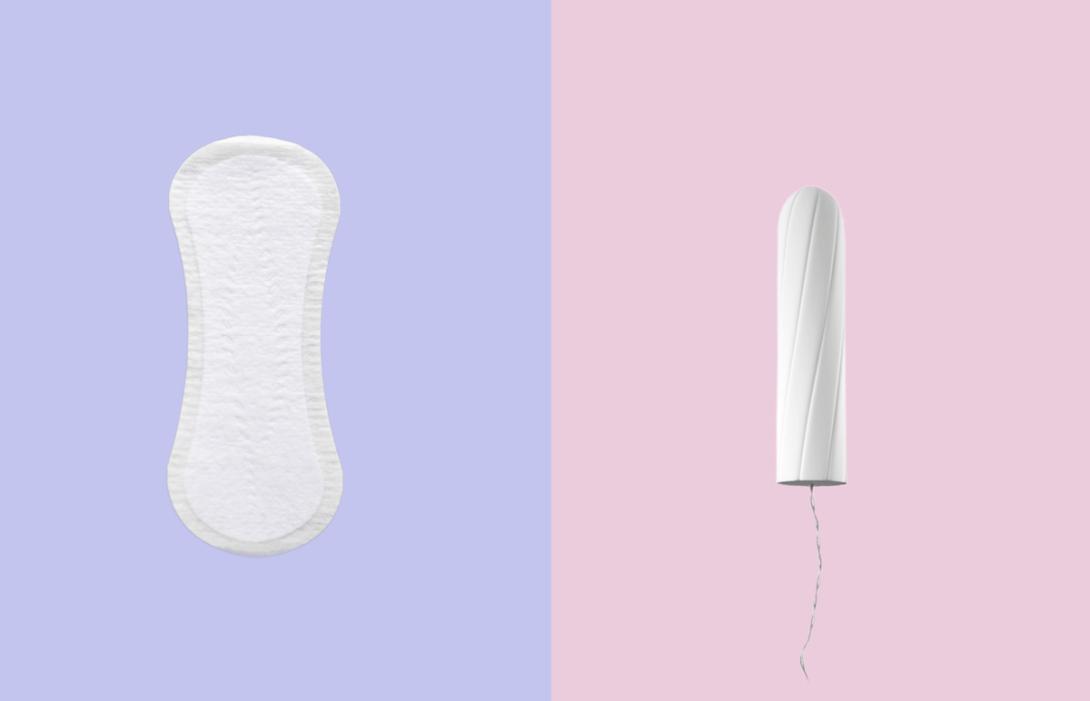
With menstrual cups, underwear and discs on the market nowadays, there is a wide array of options beyond the traditional tampons and pads for menstruation.
While these newer options have helped address concerns around sustainability and diverse menstrual needs, they have posed a new challenge for doctors: It’s harder to determine when bleeding is heavy enough to require a treatment plan.
“When somebody reports that they’re soaking through a product, we don’t know exactly what that means because products are not regulated in a consistent way,” said Alison Edelman, an obstetrics and gynecology professor at Oregon Health & Science University.
Edelman said clinicians have historically determined someone was experiencing heavy menstrual bleeding if they were soaking through two pads or tampons an hour. That benchmark has been complicated by a variety of new menstrual products, in addition to a larger selection of tampon and pad designs.
To fill that knowledge void, Edelman and other OHSU researchers have compiled a review summarizing the most current data on menstrual products. The review is a comprehensive look at menstrual products available today — how they work, how popular they are, any barriers people might have in using them, and how much liquid each product can absorb.
“What we’re trying to really point out in this summary is, how much does each of these products hold, how they might act differently for individuals with heavy menstrual bleeding, and how you might be able to equate that to benchmarks,” Edelman said.
The best way for clinicians to determine if someone is experiencing heavy menstrual bleeding, Edelman said, is to trust the patient.
“So patients can say, ‘This is bothersome to me, this is impacting my life,’” Edelman said. “And so at that point, that’s a trigger for us to say, ‘OK, how is it impacting you? How can we help with that?’”
The OHSU review calls on researchers to further study emerging menstrual products and their absorbency.
The review comes shortly after underwear company Thinx settled a class-action lawsuit alleging its menstrual underwear products contain potentially harmful chemicals.
The OHSU review doesn’t mention the lawsuit or potential chemical exposure from period underwear. Even so, Edelman said this case should encourage people to carefully research any products they put near their vaginas.
“There are a lot of things that are sold to individuals around their periods and just around their vaginas, in general, that are unnecessary,” Edelman said. “Anything that is being sold to you around that area of your body, you should really pay attention to.”
This article was originally published by Oregon Public Broadcasting and has been republished with permission.